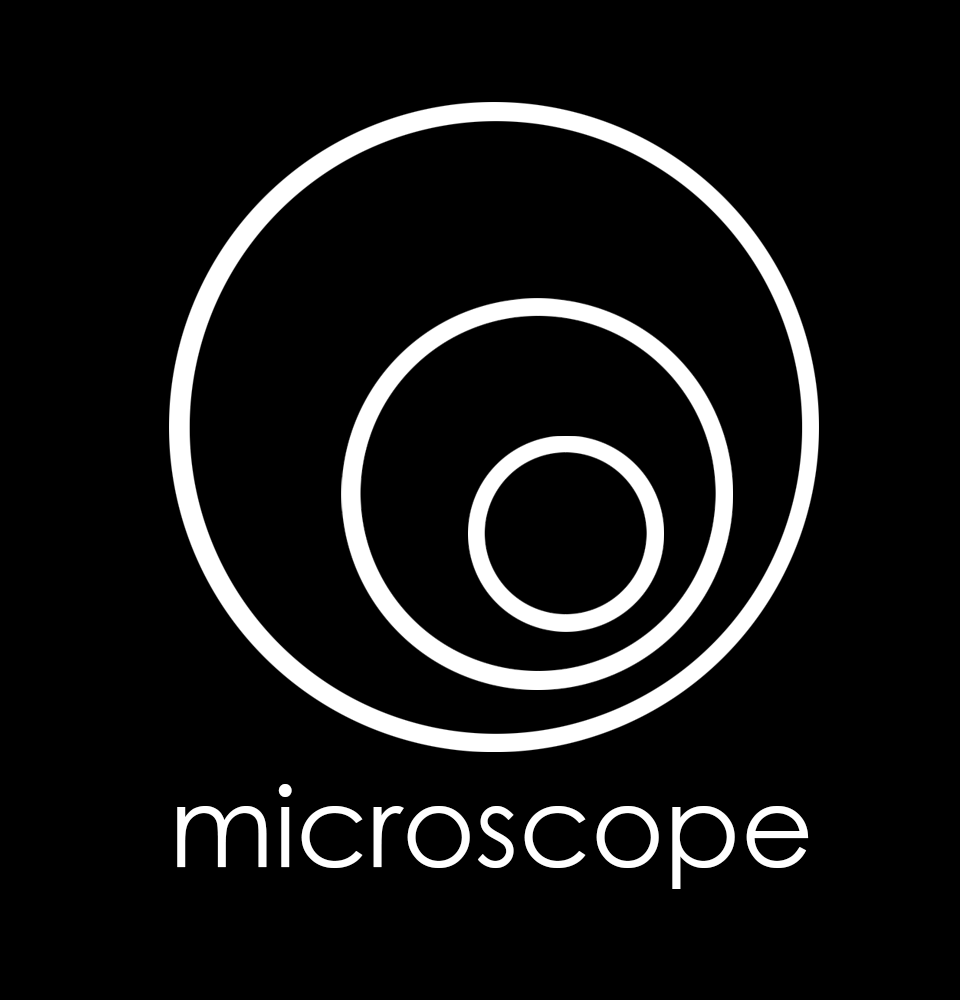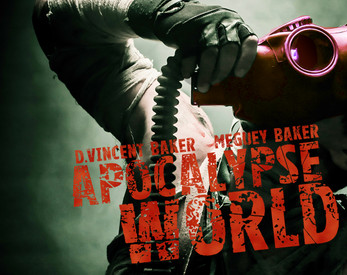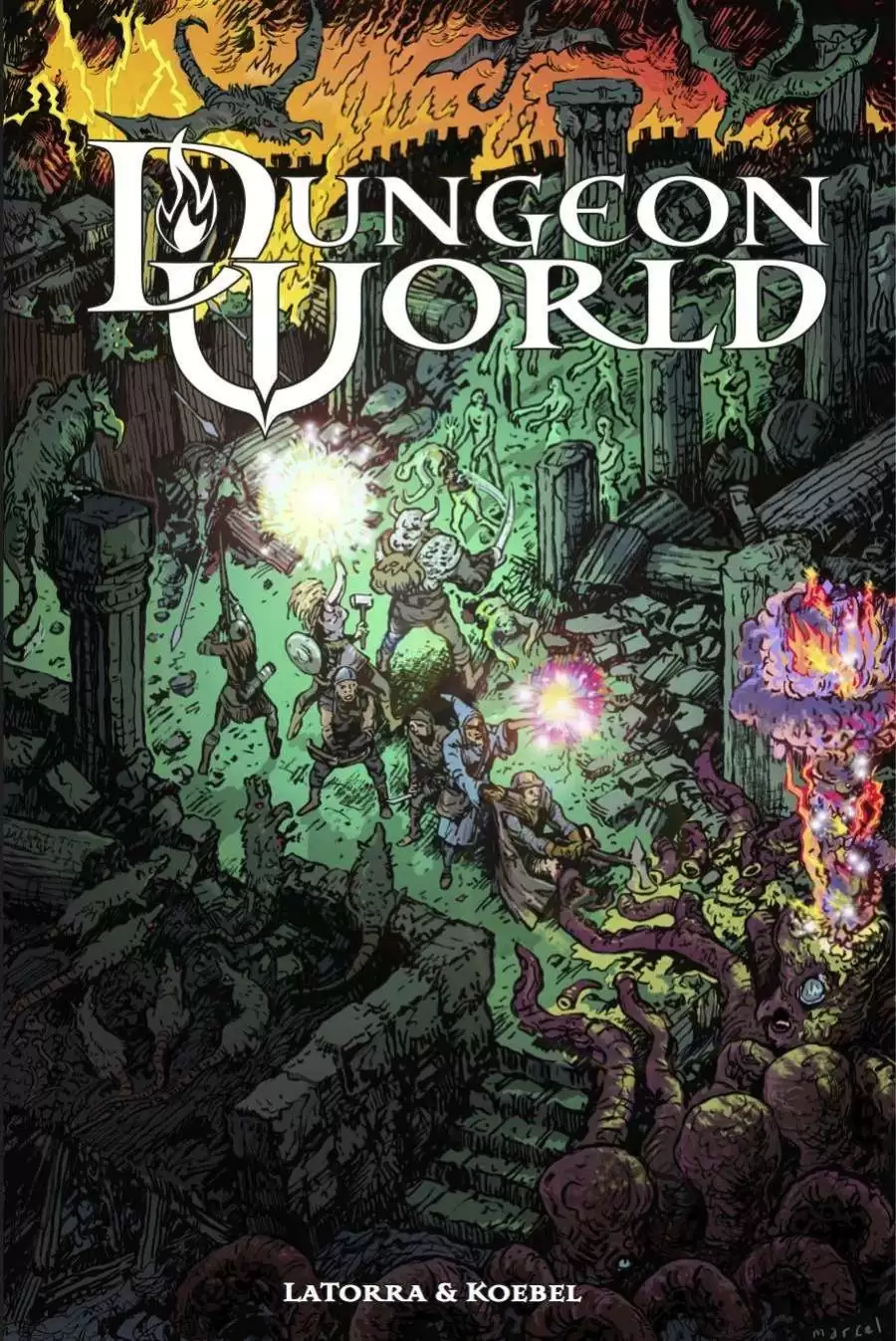Microscope Collaborative Worldbuilding; Science Fiction; Political; Narrative-Driven; GM-less / Cooperative
Microscope is a GM-less tabletop roleplaying game focused on collaborative worldbuilding across vast timescales. Players collectively create an epic history, defining events, periods, and scenes without a traditional game master. It emphasizes narrative control, shared storytelling, and exploring the consequences of player-driven choices within a defined historical framework. Its unique mechanics and focus on shared creation make it distinct from traditional RPGs, appealing to players who enjoy improv, worldbuilding, and exploring complex themes in a cooperative environment.
Theme and Setting
Microscope excels at exploring expansive themes across long stretches of time. Players define the scope of their history, setting the beginning and ending points, such as the rise and fall of a galactic civilization or the evolution of a fantasy world from god-war to the first human city. The game encourages exploring science fiction, political intrigue, and narrative-driven scenarios. Any genre or setting is possible, limited only by the group's collective imagination. The core concept revolves around the collaborative creation of a detailed and interconnected history, allowing players to delve into specific moments or zoom out to view broad trends.
Core Mechanics and Rules
The core mechanic of Microscope involves players collaboratively defining and exploring a historical timeline. This is done through the creation of Periods (large swaths of time), Events (more specific occurrences), and Scenes (intimate moments within the timeline). Players take turns adding to the timeline, each contributing their vision while adhering to the overall scope. There is no GM; instead, players share narrative control. A crucial element is the 'palette,' which consists of themes and elements the players want to explore or avoid. Players can define whether elements such as superpowers, racism, religion, or aliens should be present in their world.
The game uses a light/dark mechanic, where players designate events as either positive (light) or negative (dark), guiding the overall tone of the history. Once something is established as fact within the timeline, it cannot be changed, fostering a sense of permanence and consequence. However, players can explore different facets of the history by adding new Periods, Events, or Scenes that shed light on established occurrences. Played scenes offer opportunities for traditional roleplaying, although dictated scenes are also common and offer intimate perspectives on events. These dictated scenes provide a means of exploring crucial plot points without requiring improvisation, offering a more controlled narrative experience.
What Makes It Unique
Microscope distinguishes itself through its GM-less, cooperative nature. Unlike traditional RPGs, there is no single authority controlling the narrative; instead, all players contribute to the shared worldbuilding experience. The game's fractal structure, jumping non-chronologically through time, sets it apart from linear storytelling formats. The capacity to 'zoom in' on individual scenes and 'zoom out' to survey sweeping historical trends provides a unique perspective on worldbuilding. This mechanism supports both expansive historical narratives and intimate character moments within that grand scope. The collaborative aspect means that initial intentions can morph and evolve as other players interact with and build upon established lore. This organic evolution of the world is a central draw for many players.
Target Audience and Player Experience
Microscope is aimed at players who enjoy collaborative storytelling, improv, and worldbuilding. It is particularly appealing to those who appreciate narrative control and exploring the consequences of their creative decisions. The game requires a willingness to share ideas, negotiate narrative direction, and embrace the unexpected. The absence of a GM can be liberating for some, allowing for greater creative freedom, but it can also be intimidating for players accustomed to more structured gameplay. Some players may struggle with the initial 'blank canvas effect,' finding it challenging to contribute to the world without a pre-defined framework. However, the game's mechanics are designed to facilitate collaboration and provide guidance, making it accessible to a wide range of players willing to engage in shared storytelling. The result is a unique and satisfying experience where players collectively craft a rich and detailed history that surprises and engages them all.



